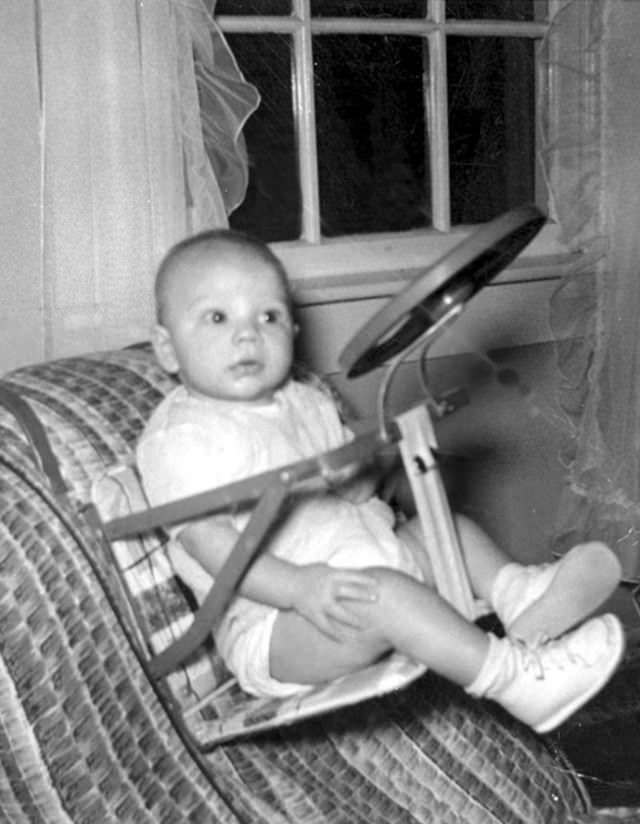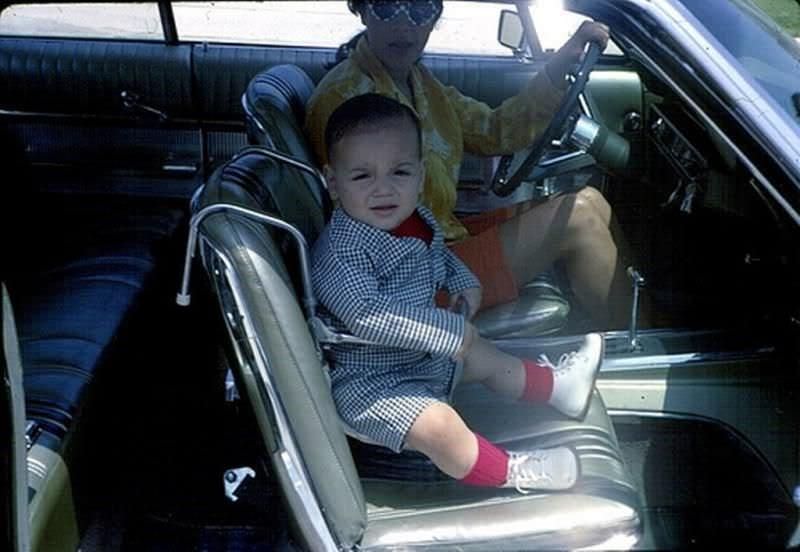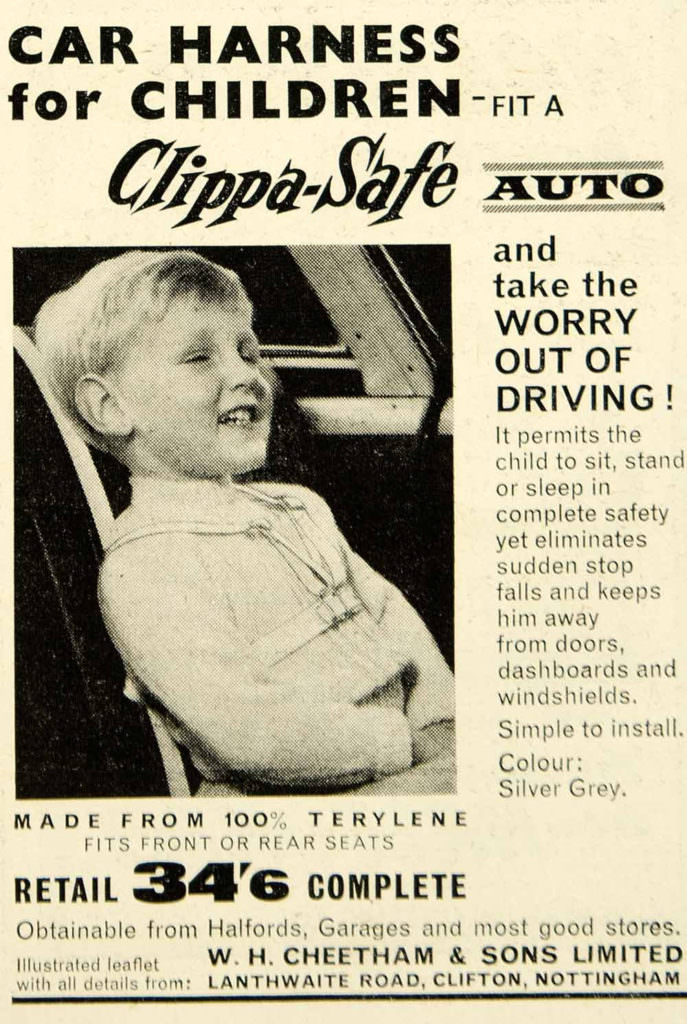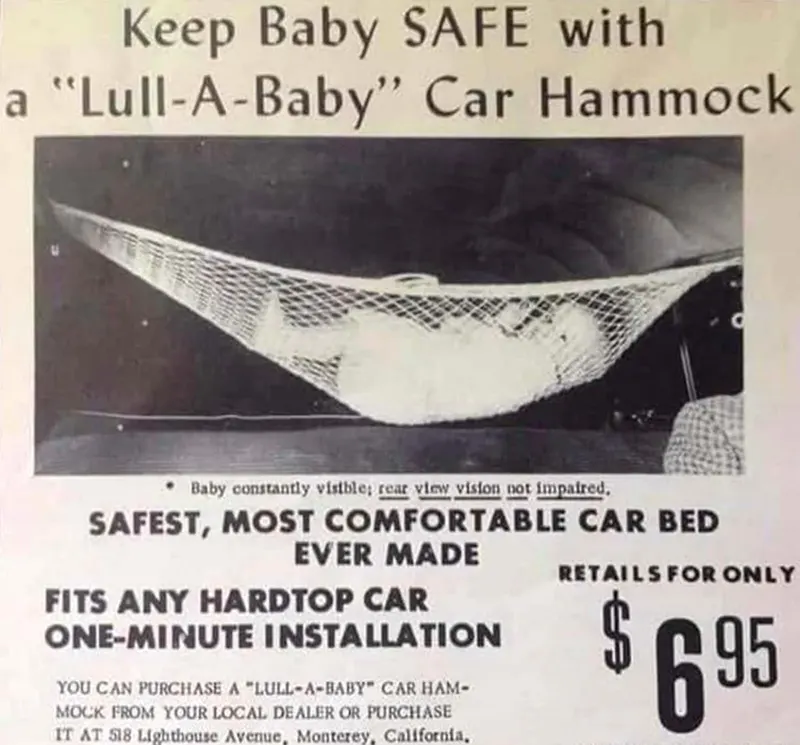Stepping into the past, it’s hard to imagine a world where baby car seats were not a standard part of driving safety. Today, they’re considered essential, legally required for infants and toddlers in many countries worldwide. However, this hasn’t always been the case. The journey of baby car seats through history is not just an evolution of design and technology but also a reflection of society’s growing awareness of car safety and child protection.
The Early Days: Minimal Safety
In the beginning, car seats were nothing more than burlap sacks hanging over the headrest of the front seat or boxes that lifted children to see out of the windows. Introduced in the early 1930s, these first rudimentary seats were more about child containment than safety. They provided no protection in crashes and were often DIY projects made by parents at home.
The concept was simple: if the child was secured, the driver could focus on the road. However, the materials were basic, there were no standard manufacturing processes, and the seats were not designed to protect the child in the event of an accident.
1950s to 1960s
The mid-20th century marked the beginning of a transformative era for baby car seats. Manufacturers began to realize the potential market for child car safety devices. In 1962, two designs emerged: the “Tot-Guard” by Ford Motor Company’s Leonard Rivkin and the “Boulevard Express” by Jean Ames. These were some of the first seats designed with safety in mind, albeit primitive by today’s standards.
The Tot-Guard represented a major step forward. It was a plastic seat with a padded area in front, designed to cushion the child from impacting the dash in the event of a sudden stop. However, it wasn’t until the National Highway Traffic Safety Administration (NHTSA) was established in 1970 that significant strides were made towards standardized child safety regulations in vehicles.
1970s
The 1970s were a pivotal decade for child car safety. Crash testing became more sophisticated, and consumers became more safety-conscious, leading manufacturers to improve their designs. In 1971, Bobby Mac invented a car seat with a Y-strap, similar to today’s models, to keep children secured.
This era saw the introduction of car seats as safety devices rather than mere child restraints. They were designed to protect the child in the event of a crash, leading to features like better seatbelt systems, durable materials, and the beginning of standardized manufacturing processes for safer designs.
1980s and 1990s
With growing public safety awareness and the advent of advocacy groups, the 1980s and 1990s witnessed stricter regulations for child car seat safety. Car seats became mandatory under law in many countries, and manufacturers started to include LATCH (Lower Anchors and Tethers for Children) systems in their designs, making installation easier and more secure.
During this time, crash testing evolved to include different scenarios, leading to the development of side protection and the understanding of rear-facing seats’ safety benefits for infants and toddlers. The period was marked by rapid advancements in technology, leading to today’s high-standard baby car seats.





































